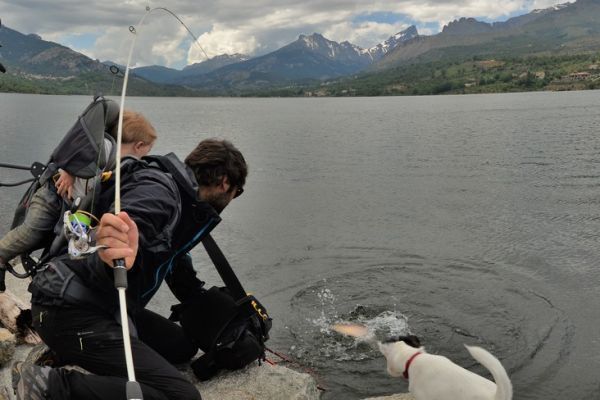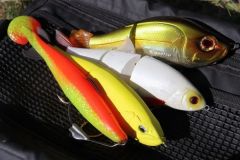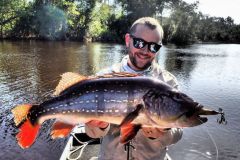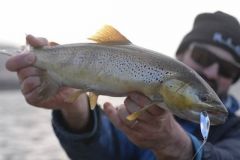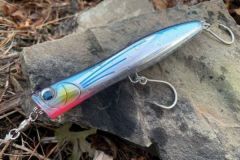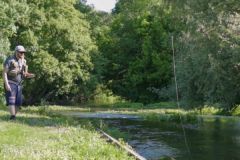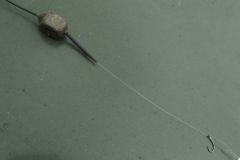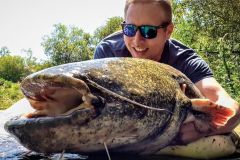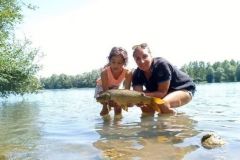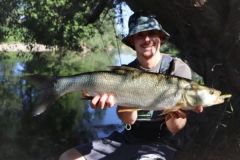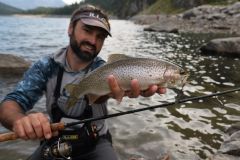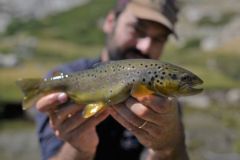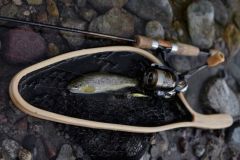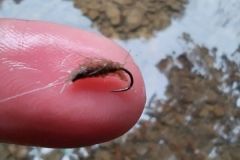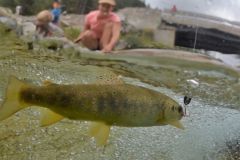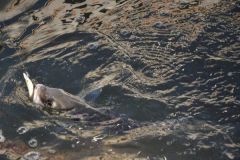The right equipment
One of the first parameters to take into account is the choice of tackle. First and foremost, it will have to be adapted to the size of the target fish. Whether you're fishing for 25 cm trout in a high-altitude stream, or for lake fish or large rivers on the plains, the equipment will be different.
For small fish (up to 30 cm) a UL or L (ultra light or light) rod is ideal. These light, supple rods easily cope with rapid changes of direction, jumps and other head strikes or small movements. The rod acts like a spring, reacting to the slightest input from the fish and keeping the line taut. The full tip is a real asset for this, as it is very supple and progressive.
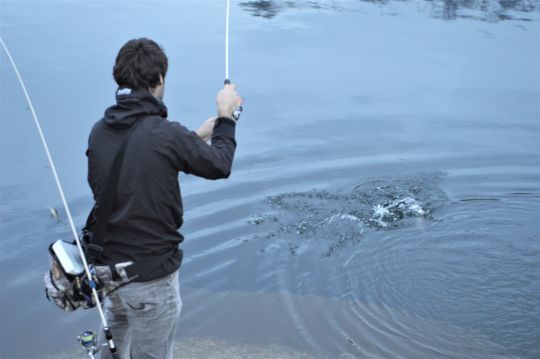
For specific fishing of larger trout (over 30 cm), an ML to M (Medium Light or Medium) rod is more suitable, as it offers more power reserve. This allows the fish to swim upstream and control the fight without being subjected to it. Here again, a progressive tip is a real plus, almost indispensable. Rods that are too stiff or too powerful should only be used in certain specific cases.
In addition to the rod, the line is also important. For fish under 30 cm, nylon is very effective in limiting stalls and cushioning all movements. Its great elasticity absorbs many sudden movements and keeps the tension in the line.
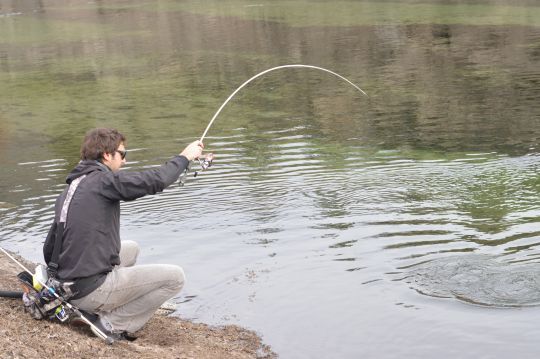
For larger salmonids (over 30 cm), braid seems more appropriate and it's the rod alone, or even the reel, that plays the role of shock absorber, as the fish weighs more in the line and too much elasticity rhymes with loss of feel and control.
You should also remember to adjust your drag before fishing. It should unwind fairly easily when you pull on the line without forcing it too much.
Weaponization of lures
When lure fishing, rigging is essential. Barbless hooks are often used, especially in competition, when lure fishing for salmonids. This requires constant line tension.
A full tip and a supple rod are real assets, as is a high-ratio reel. Be careful, however, not to overuse the latter, especially on specific downstream fishing, as the reel will become overloaded and it will be difficult to reel in the fish against the current, compared with an intermediate ratio.
The use of assist hooks is also a real plus. Its flexibility limits hook pressure and its single point penetrates better than the three points of a triple, which require more force to penetrate the trout's mouth.
Combat management
The trout is a fish capable of jumping, probing, swooping, reeling... There are two main guidelines to follow, and you must always remember them when fighting a salmonid.
You need to keep the tension in the line at all times. It doesn't matter whether your hook is well planted or not, if the point is held firmly in the mouth by a well-tensioned line, it should go through!
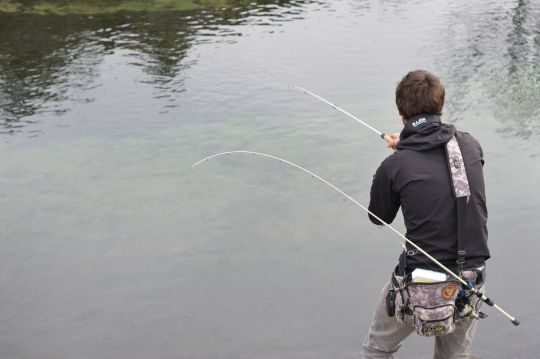
Next, you must always oppose the trout's direction and be prepared for quick, no-frills changes of rod orientation. I would add that, except for a probing fish that quickly moves straight ahead or hits close to the bottom, you must avoid keeping the rod in the air, as this encourages jumps, which are a major source of stalling.
Fingerboarding and shoeing
Whether it's straight or almost imperceptible, strike the trout firmly and amply. Also, avoid surges that offer more stall than anything else.
On the strike, just take in the trout's movements, whatever its size, before casting. Almost invariably, trout will spin or headbutt in place.
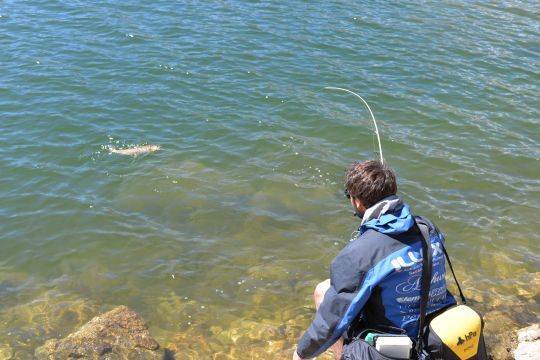
Only a few seconds later will it jump, rush or probe. That's when you need to pay close attention and oppose the fish with your rod in the right direction.
The essential landing net
Last but not least, for short fights and maximum success, the landing net is, in my opinion, an indispensable tool.
On the river, a small snowshoe is easy to handle and use. However, I find some landing nets have a short handle that requires you to extend your arm if you don't want to lift the rod too much or keep a bit of line length. The end of the fight is very delicate, as there is less line outside to take in and the rod is often lifted. It's a fateful and tricky moment to manage, when stalls are unfortunately common. You have to be quick and precise in your movements to maximize your chances of success.
A long handle, especially on lakes, allows you to fetch fish further away or from a slightly elevated position (rock, trunk, high banks) without raising the rod too much and keeping a good distance from the line.

 /
/ 